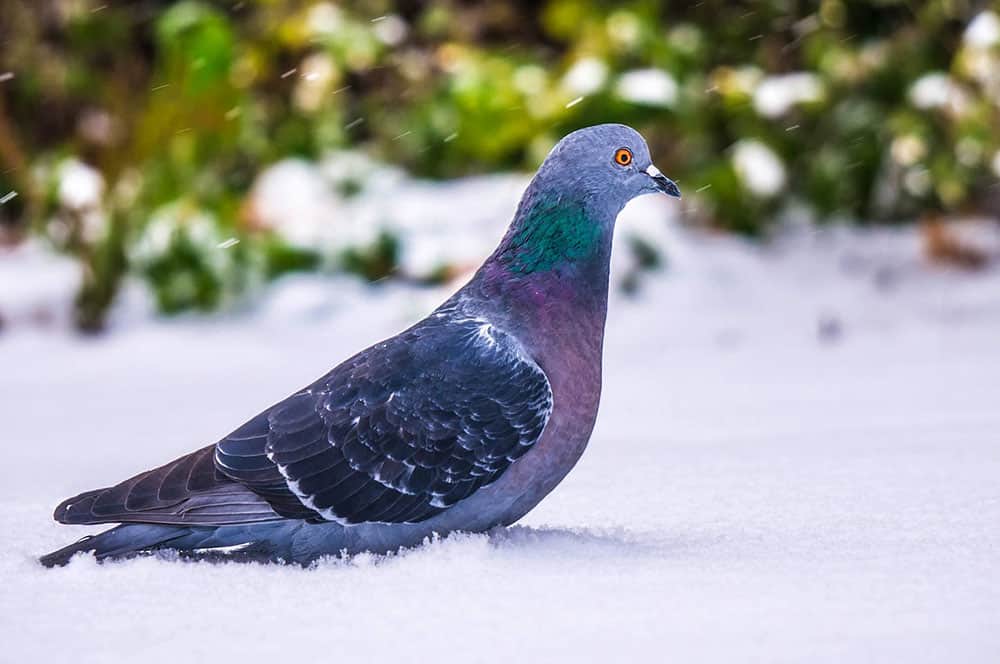Bird Secrets Revealed: How to Survive Winter
Written by Nicole Afable for Bird-X, Inc.
As one of the many creatures that call the outdoors their home, birds can endure a significant amount of struggle while winter strikes. Cold temperatures can generate a lot of questions on how these flyers survive such harsh conditions. From behavioral attitudes to feathery benefits, birds of all kinds hold unique capabilities that work to preserve warmth amidst a time of chills and shivers.
Migration
Leaving the cold altogether seems like an ideal solution for many birds. Although the journey may require quite some time, migration is a popular fix for a number of species. This bird survival mannerism appears almost too obvious to be a ‘secret.’
Feathers, feathers, and more feathers
Feathers do more than keep birds cute and fluffy—they act as a means of insulation. Many birds even hold the ability to grow extra feathers during times like these. An oil coating atop the feathers provides waterproof capabilities while working as additional lining against the cold.
Homie Hangout
For the birds who decide to endure the winter, hanging out in flocks acts as a smart survival technique. Cuddling up with fellow friends helps to maintain warmth while establishing a lesser likelihood of being attacked by surrounding predators. More birds equal a more effective lookout.
Lay low
A great way to stay warm is to simply save energy. Laying low in winter calls for less engagement in activity for birds. By avoiding things such as territorial defense, singing, or even up-keeping nests, more energy can be utilized for the maintaining of warmth.
Shake it
Birds exhibit special behaviors to keep themselves warm. For example, shivering obtains added heat from the movement of muscles and circulation. Fluffing feathers even produces air pockets for extra insulation. Doesn’t that make you want to shake your tail feathers?




Leave a Reply
Want to join the discussion?Feel free to contribute!